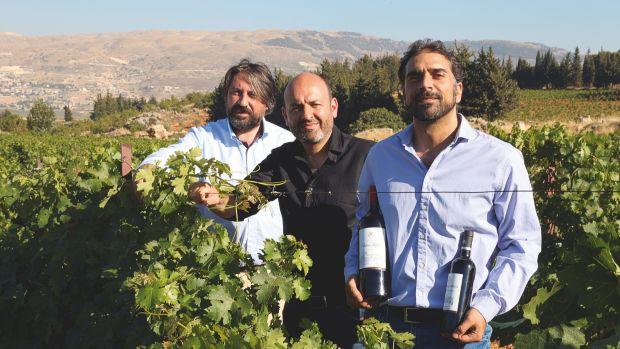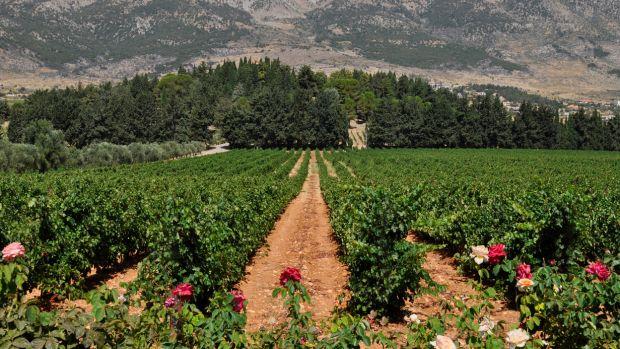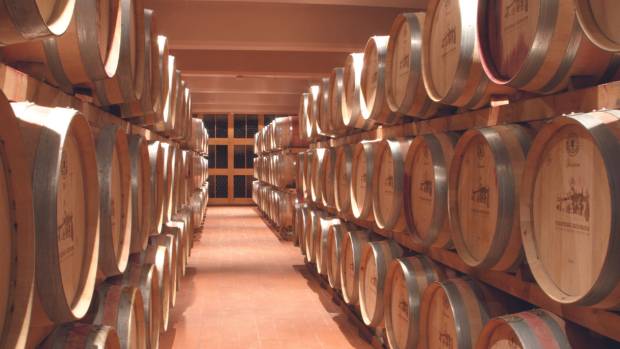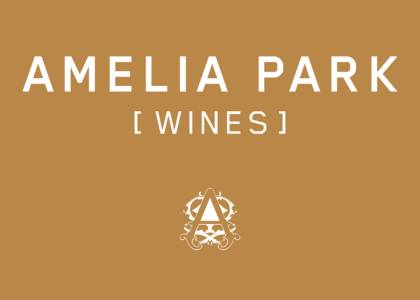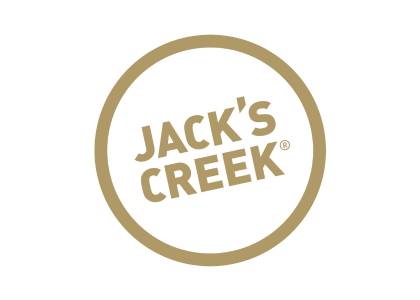92
Château Kefraya
West Bekaa Valley
Ethos: Preserving heritage through resilient winemaking, diverse terroirs, and tradition.
Wine Style
Red, white, rosé and sweet white wine, arak
Ancient winemaking traditions
Château Kefraya has been in the Bustros family for generations. The family château, built in 1946, sits atop a hill overlooking the majestic Bekaa Valley. The hill is manmade, constructed by the Romans to give their soldiers an additional vantage point. Michel de Bustros planted the first vines in 1951. Through many trials and tribulations, even the terrible civil war of 1975-1990, this winery has kept Lebanon's ancient winemaking traditions and viticultural heritage alive.
The wines
By the 1980s, the winery began winning its first medals in international competitions. Today the vineyard spans 500 hectares on the terraced slopes of Mount Barouk overlooking the Mediterranean Sea. Beneath the site is the Yammouneh tectonic rift, which contributes to the wide range of soils found there, many unchanged since the Jurassic and Cretaceous periods. The diversity of soils and different exposures and altitudes also allows the planting of many grape varieties. These include well-known international varieties such as Cabernet Sauvignon and Chardonnay, to more unusual ones including Carménère and Marselan. Kefraya also grows the indigenous white varieties Obeidi, Merwah and Mekssessé and has been closely involved with reviving the historic red varieties of Lebanon, Assouad Karech and Asmi Noir. Historic varieties and sustainable practices collide in the vineyard and the cellar is also a meeting of the ancient and the modern. The winemaking legacy of the Phoenicians and Romans can be seen in both the ruins they left behind on the estate and the continued use of clay amphora in the winery today. But all the grapes that end up in these ancient vessels have been through the most modern of processes in the state-of-the-art winery, such as berry selection on the optical sorting table.
Your visit
A visit to Château Kefraya is a chance to dive into the rich heritage of Lebanon's Bekaa Valley. Guided tours take visitors by train that passes by Roman ruins on its way to the stupendous views from the observation point. After that, the tour continues to the winery and the Alembic room where the estate also produces Lebanon's famous fiery spirit – arak. Even a casual visitor will find plenty to do. The parks and gardens at the estate are a haven for plants and wildlife, the vines interspersed with olive, cypress, pine and cedar trees. The restaurant, Le Relais de Dionysos, offers panoramic views of the vineyards and nearby mountains, with delicious local dishes and the chance to try rare old vintages.
